

Damion Smy
GWM Cannon Alpha ute, Tank 300 HEV and Tank 500 recalled
1 Day Ago
The Toyota LandCruiser chief engineer praised classic 80 Series as the best rough-road performer of the lot. That was until his team made the 300 Series...

Senior Contributor
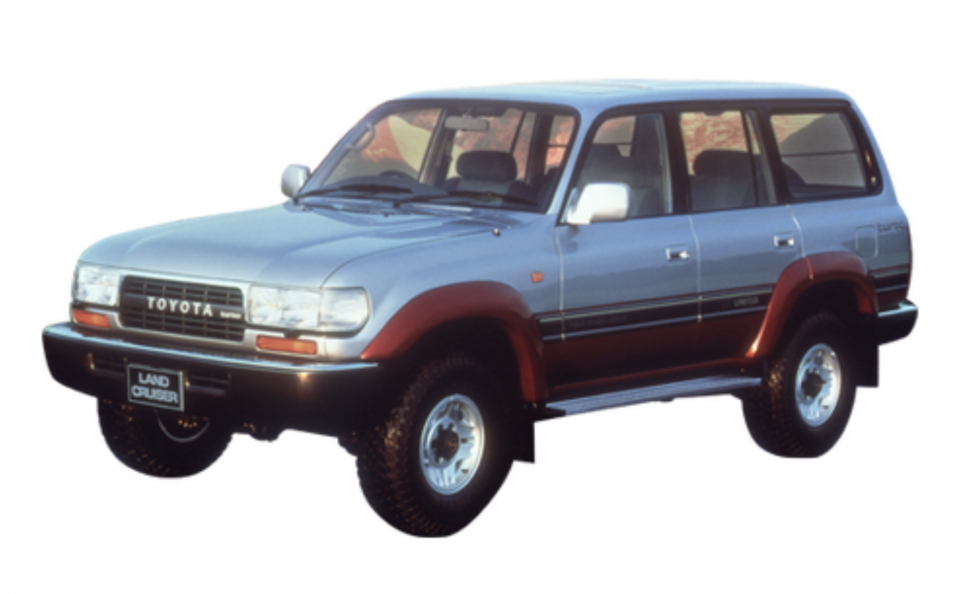

Senior Contributor
Chief engineer for the 2022 Toyota LandCruiser 300 Series, Takami Yokoo, spent a lot of time in today’s reveal footage talking about how much quieter, more comfortable, and high-tech the latest model was.
But for all that, the new ‘Cruiser is also billed as the best 4×4 of the bunch – broadly keeping the 200 Series’ dimensions despite the changed platform but improving suspension geometry, articulation, torque delivery, body weight, frame stiffness, and off-road cameras.
And rather than talking about enhancements over the now 14-year 200 Series predecessor, or even the 100 Series, Yokoo-san reached further into the Toyota archives than that.
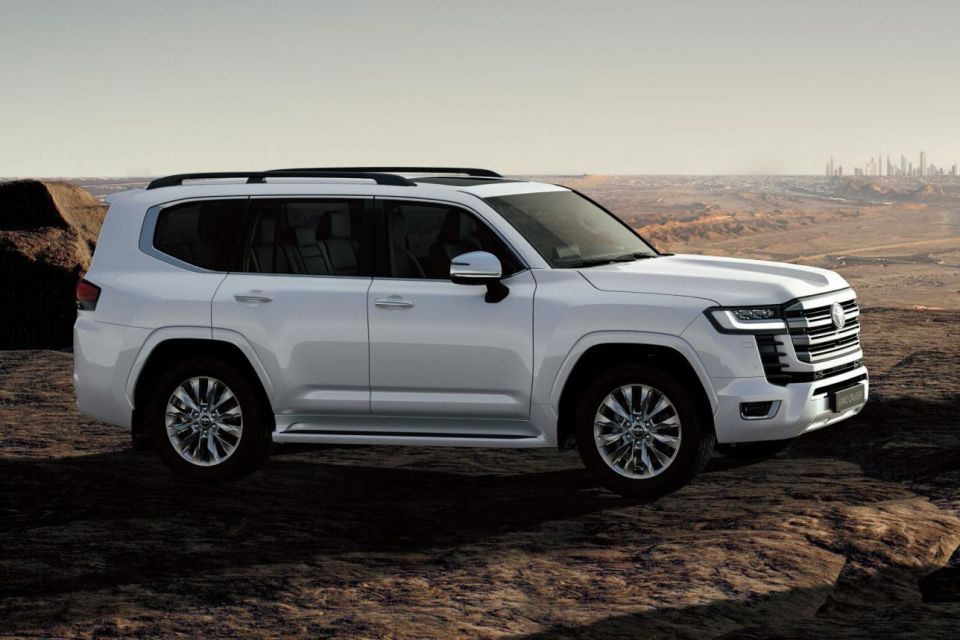
“We actually used the LandCruiser 80 as a guidepost. Even 30 years after it first appeared it has the best rough road performance of any LandCruiser,” he said.
“We want to surpass that rough road performance. The engineering brought this passion into their development of the 300.”
We reckon there are a few hardcore 4×4 devotees out there who might agree with this assessment, such is the 80’s enduring status alongside the GQ Patrol as an icon of Japanese ruggedness.
MORE: 2022 Toyota LandCruiser 300 Series – Inside the development program
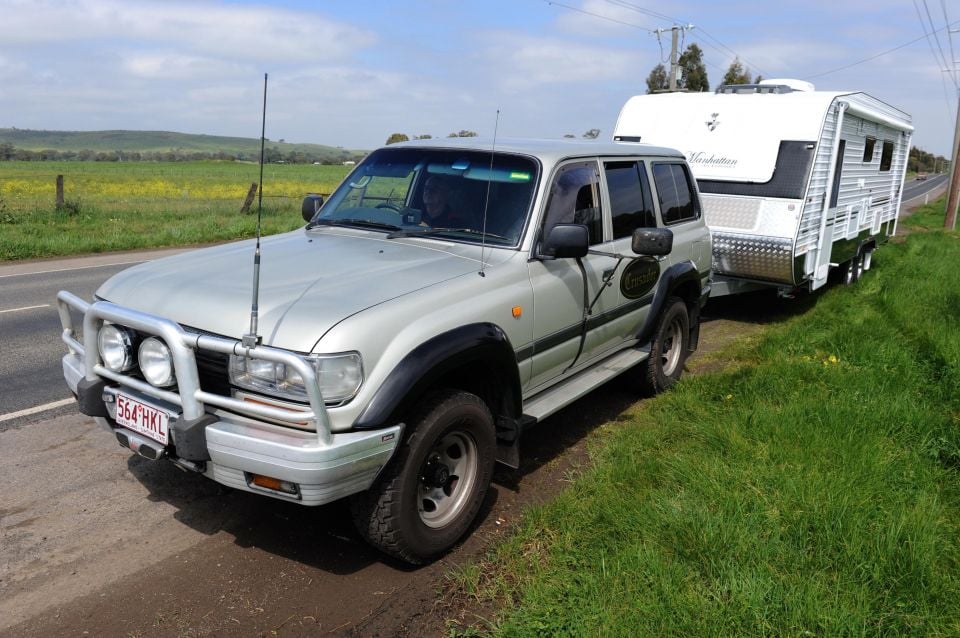
“Even as the times change, LandCruiser has to be true to its core. I was constantly reminding the development team, this is not just a car, it’s the LandCruiser,” Yokoo-san added.
“We will never allow anything to get in the way of reliability, durability, and rough road performance, which means we could not change the frame or the wheelbase with its golden ratio that has been the same since the LandCruiser 80.
“From the initial development phase we drove it on rough roads numerous times, broke it, fixed it, and broke it again. Nothing beats the feedback you get from actual roads.
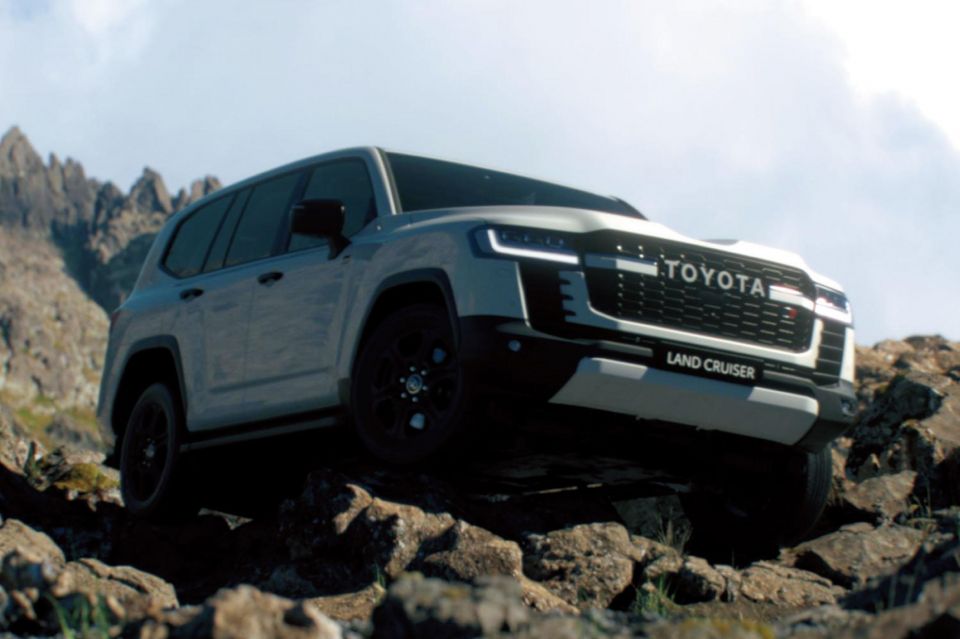
“When you develop a LandCruiser, the developers grow too. Myself included.”
In some ways then, the more things change the more they stay the same. The 80 Series replaced the 60 Series in 1989 after nine years of service, and at the time was quite cutting-edge.
It rocked a (1HZ) 4.2-litre overhead-cam diesel inline-six and a 4.5-litre inline six petrol, full-time 4WD, an electronically actuated diff lock, coil-sprung front and multi-link rear suspension, two-stage shocks, and even dual air conditioning.
Reflecting the 80’s durability, eight of the 44 currently in the classifieds have north of 450,000km on the odometer.

Toyota 300 Series LandCruiser in brief
The new 300 Series was revealed overnight in the Middle East and will hit Australian dealers before the end of 2021. It’s the first ground-up redesign since the 200 launched way back in 2007 – not that this has hurt sales.
It’s the first time Toyota’s TNGA architecture has been fitted under a body-on-frame 4×4.
The 300 has a new V6 diesel engine in place of the V8, is stiffer yet lighter, billed as quieter on highways, has rejigged suspension with greater articulation, and offers the latest active safety.
Vehicle dimensions including length, width, wheelbase and departure and approach angles are said to be “very close” to the outgoing model, depending on the variant. Yet it’s up to 200kg lighter.
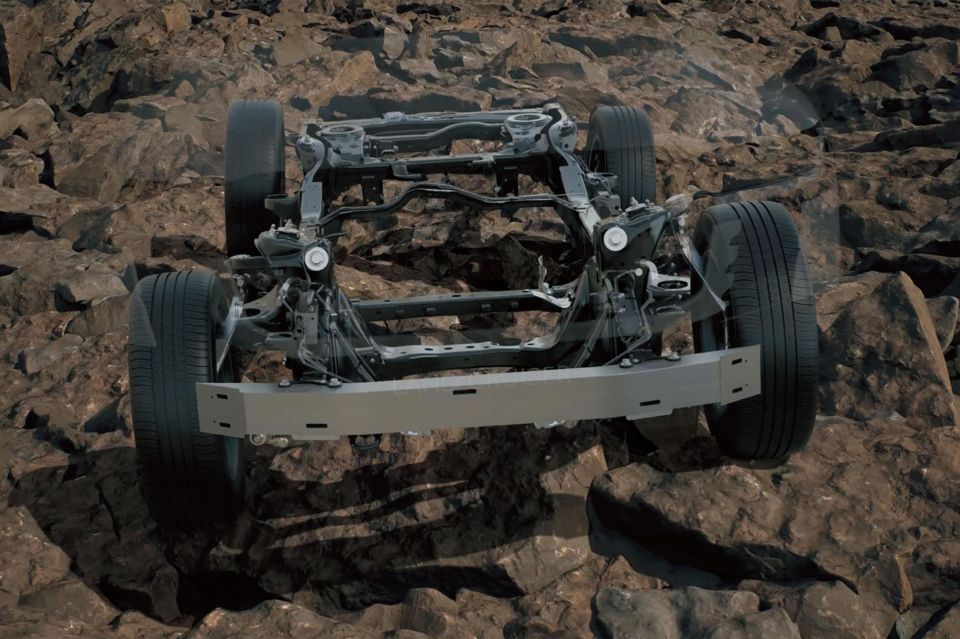
The 300 Series’ new GA-F body-on-frame platform allows a lowered centre of gravity and better distribution of weight. Toyota also cites revised rear suspension geometry and a new-iteration electronically-actuated Kinetic Dynamic Suspension System (stabiliser bar disconnect).
Toyota says the new KDSS system as well as greater degrees of axle articulation, an improved multi-terrain monitor, and a new automated system that selects the best driving mode based on the surface all play a role in making the LC300 a 4×4 beast.
The old 4.5-litre V8 turbo-diesel has been switched out for a 3.3-litre V6 diesel with two turbochargers, making 227kW of power and 700Nm of torque (up 27kW and 50Nm). The old six-speed automatic has been replaced by a new 10-speed transmission with closer ratios.
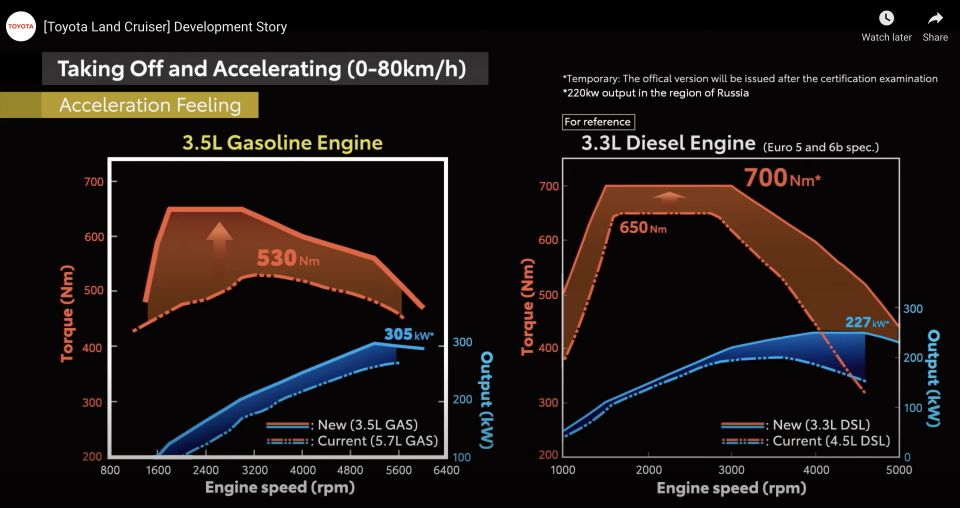
The final word should go to former chief engineer Sadayoshi Koyari, who knows more about the icon than probably anyone else.
“We have all been taught by our senior colleagues that there is a promise between the LandCruiser and our customers. Our customers trust this car, and many say they think of it as a family member. We cannot betray that trust,” he said.
“I believe this car’s mission is to take you wherever you want to go and bring you home in one piece, no matter what.”

The LandCruiser was launched on August 1, 1951, as the four-wheel drive Toyota BJ. It achieved fame by becoming the first vehicle to reach the sixth checkpoint of Japan’s Mount Fuji.
In Australia, LandCruiser was discovered during development of the Snowy Mountains Hydro-Electric Scheme and its success was confirmed on the properties, mines and worksites of the Outback.
In June 1954, the vehicle was renamed LandCruiser. It is Toyota’s longest-serving nameplate ahead of Corolla, which began in 1966.

To the end of 2020, a cumulative total of approximately 10.4 million LandCruiser 4x4s have been sold in 170 countries and regions worldwide with demand now running at more than 300,000 vehicles a year.
The tally includes 1.12 million vehicles delivered to Australians – more than 10 per cent of all LandCruisers ever sold. The totals include LandCruiser wagons, the heavy-duty 70 Series, and LandCruiser Prado.
MORE: 2022 Toyota LandCruiser 300 Series – Inside the development program MORE: 2022 Toyota LandCruiser 300 side-by-side with LandCruiser 200
Where expert car reviews meet expert car buying – CarExpert gives you trusted advice, personalised service and real savings on your next new car.


Damion Smy
1 Day Ago


Josh Nevett
4 Days Ago


CarExpert.com.au
5 Days Ago


Damion Smy
7 Days Ago


Derek Fung
7 Days Ago


Ben Zachariah
10 Days Ago